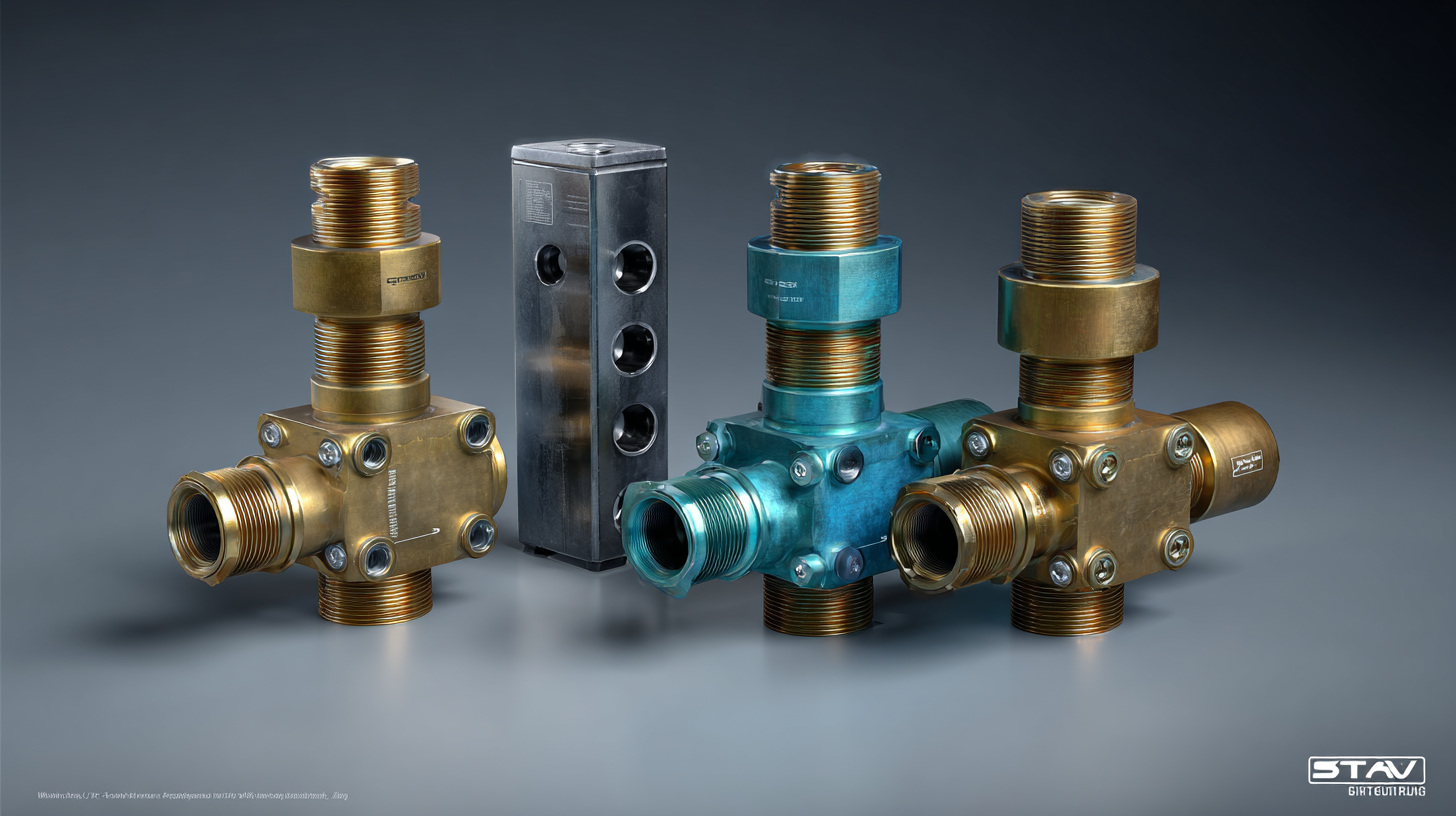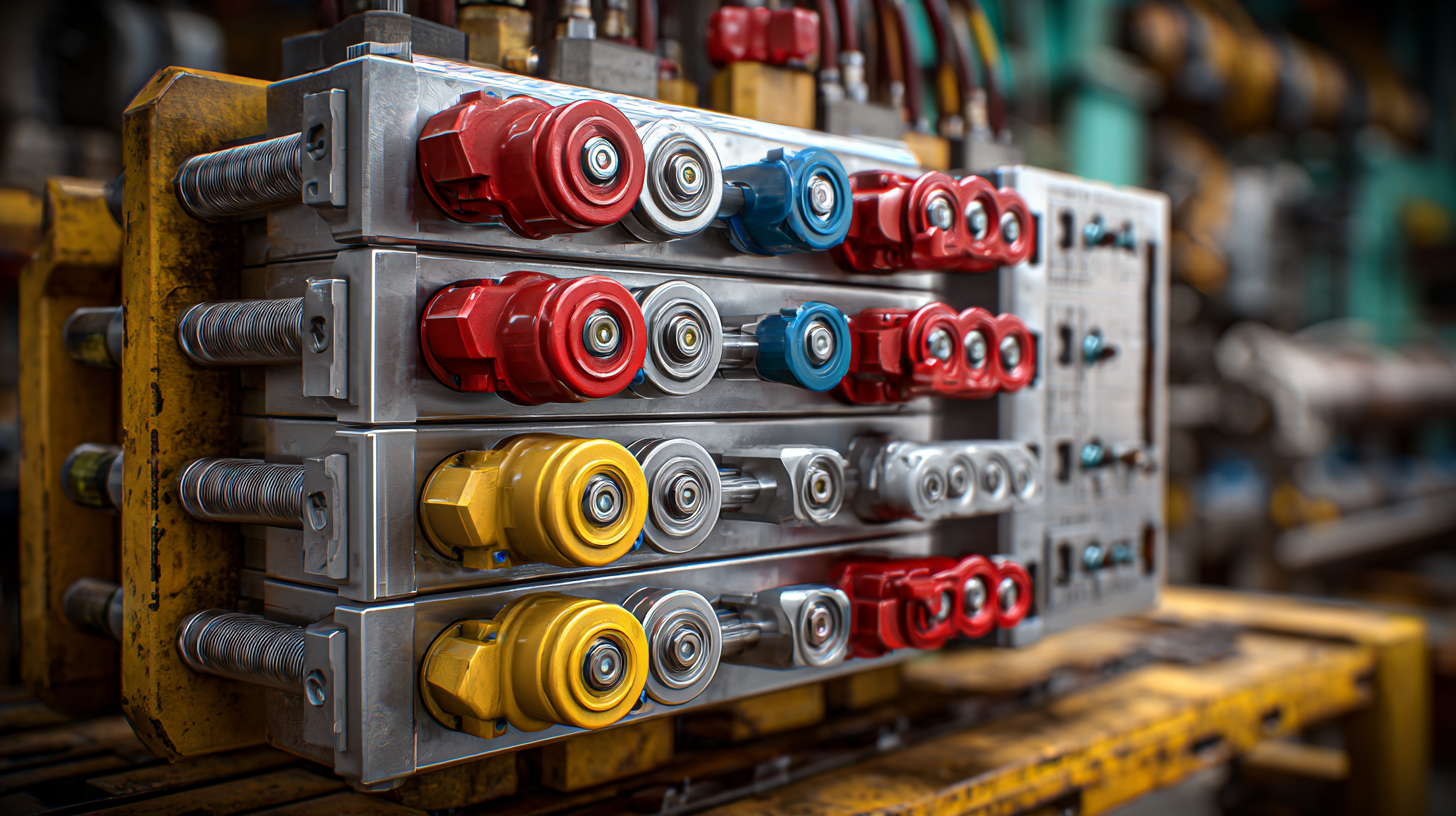In the rapidly evolving landscape of industrial technology, Stacked Hydraulic Manifolds have emerged as a critical component in optimizing the efficiency and reliability of hydraulic systems. According to the latest report by MarketsandMarkets, the global hydraulic manifold market is projected to reach USD 2.1 billion by 2025, driven by the increasing demand for automation and the need for more compact hydraulic solutions. Despite their advantages, the challenges associated with the maintenance and after-sales services of Stacked Hydraulic Manifolds remain a significant concern for many manufacturers. To mitigate these challenges, companies must not only focus on the design and integration of these systems but also consider the impact of repair costs and service efficiency.

This blog will explore best practices and innovative solutions that address the challenges faced by industries utilizing Stacked Hydraulic Manifolds, ultimately enhancing operational performance and customer satisfaction.
Stacked hydraulic manifolds play a crucial role in the efficiency and functionality of various industrial applications. These innovative systems are designed to streamline hydraulic circuits, allowing multiple functions to be combined into a single compact unit. This not only saves valuable space within machinery but also reduces the complexity of the hydraulic system, leading to easier maintenance and improved reliability. By integrating multiple valves and components into one manifold, industries can achieve more precise control over fluid power while minimizing the number of external connections required.
Understanding the basic operation of stacked hydraulic manifolds is key to maximizing their benefits in industrial settings. At their core, these manifolds utilize a modular design that allows for customization to meet specific operational demands. They can effortlessly adapt to different flow rates and pressures, making them suitable for a wide range of hydraulic applications, from manufacturing to mobile equipment. Additionally, the ability to easily add or remove components without significant system overhauls enhances their versatility, ensuring that businesses can remain agile in an ever-evolving market. As industries continue to innovate, stacked hydraulic manifolds are set to become an integral component in the drive for greater efficiency and performance.
| Application Area | Common Challenges | Solutions | Benefits of Stacked Manifolds |
|---|---|---|---|
| Construction Equipment | Space constraints and weight management | Custom designs for optimal space use | Reduced system weight and improved performance |
| Marine Engineering | Corrosion resistance | Use of corrosion-resistant materials | Enhanced durability and reliability |
| Manufacturing Automation | Integration with existing systems | Modular design for easy integration | Improved system efficiency |
| Agriculture Machinery | Fluid leakage and maintenance | Advanced seals and routine monitoring | Lower operational costs and higher uptime |
| Mining Equipment | Heavy load management | Heavy-duty manifold designs | Increased load capacity and safety |
Designing efficient stacked hydraulic manifolds presents several key challenges that engineers must navigate to optimize performance and functionality. One of the primary challenges is ensuring adequate flow distribution across multiple circuits. Poor flow management can lead to uneven pressure distribution, which may result in inefficient pump operation and compromised system reliability. Engineers must carefully analyze the hydraulic fluid paths and make use of computational fluid dynamics (CFD) simulations to avoid potential dead zones and ensure that each circuit receives the necessary flow without causing turbulence.
Another significant challenge lies in the integration of different components within the manifold. The compact design of stacked hydraulic manifolds often necessitates close proximity of various components, including valves, filters, and sensors. This can lead to issues related to thermal management and the accumulation of heat, which can adversely affect performance. Additionally, the need for effective sealing and reducing leakage points is critical, as even minor leaks can lead to significant losses in efficiency. As a result, engineers are exploring advanced materials and innovative manufacturing techniques to enhance the integrity and performance of hydraulic manifolds while addressing these inherent design challenges.
The hydraulic manifold industry is witnessing significant advancements driven by the integration of new technologies and innovative designs. Recent studies reveal that the global market for hydraulic manifolds is projected to grow at a CAGR of 5.8% from 2021 to 2026, reaching a valuation of over $2 billion. This growth is largely attributed to the increasing demand for automation in manufacturing and the subsequent need for efficient hydraulic systems. Advanced materials, such as lightweight composites, are enhancing the strength and durability of manifolds, enabling them to operate under higher pressures while reducing overall system weight.
Innovations like 3D printing are revolutionizing the production of hydraulic manifolds, allowing for more complex geometries and customized solutions. According to a report from Grand View Research, the implementation of additive manufacturing could reduce production costs by up to 30% while significantly cutting down lead times. Furthermore, the incorporation of smart sensors and IoT technologies in hydraulic systems is fostering real-time monitoring and predictive maintenance capabilities, enhancing performance and reliability. As these technologies continue to evolve, they are set to address the prevalent challenges in the industry, such as energy efficiency and space optimization, paving the way for smarter and more responsive hydraulic systems.
In the realm of hydraulic systems, the use of stacked hydraulic manifolds has become increasingly vital for optimizing space and improving efficiency. One compelling case study involves a construction equipment manufacturer that faced significant challenges with fluid dynamics and system integration. By implementing a customized stacked manifold solution, the manufacturer was able to streamline their hydraulic operations, reducing the overall weight of the equipment while enhancing performance. This case exemplifies how innovative manifold designs can resolve space constraints and improve functionality in demanding industrial environments.

Another noteworthy example comes from the renewable energy sector, where a wind turbine manufacturer sought to minimize hydraulic leaks and improve system reliability. The integration of best-in-class stacked hydraulic manifolds allowed for a reduction in the number of connections and elbows in the hydraulic circuitry, which directly contributed to decreased maintenance needs and increased uptime. Such real-world applications highlight the transformative impact that optimized hydraulic solutions can have on operational efficiency and reliability across various industries.
The industrial landscape is rapidly evolving, particularly in the area of stacked hydraulic manifolds. As industries strive for increased efficiency and sustainability, the future trends highlight a shift towards more integrated and smart solutions. According to market research, the industrial sensor market in China is predicted to grow significantly, reflecting the pressing demands of manufacturing upgrades and advancing technologies. With the market expanding from 267.5 billion yuan in 2016, the heightened focus on automation and precision in hydraulic systems will likely propel further innovations in manifold designs.

Moreover, the industrial coatings sector echoes similar growth patterns, with a reported market size reaching 248.88 billion yuan in 2022. This sector is transitioning towards environmentally friendly solutions and enhanced functionalities, posing challenges and opportunities for manufacturers of hydraulic manifolds. The competition remains stiff, particularly with foreign investments dominating the landscape. As the market matures, the interplay between environmental regulations and technological advancements will shape the future of stacked hydraulic manifolds, positioning them as integral components in a greener industrial ecosystem.
